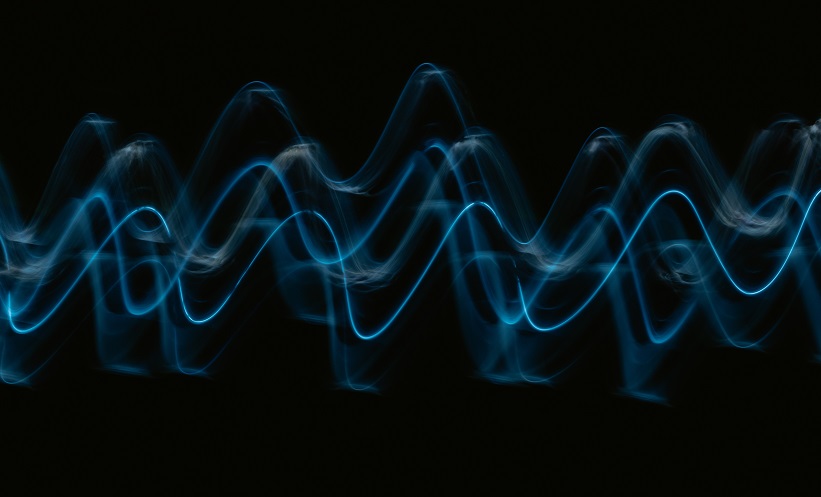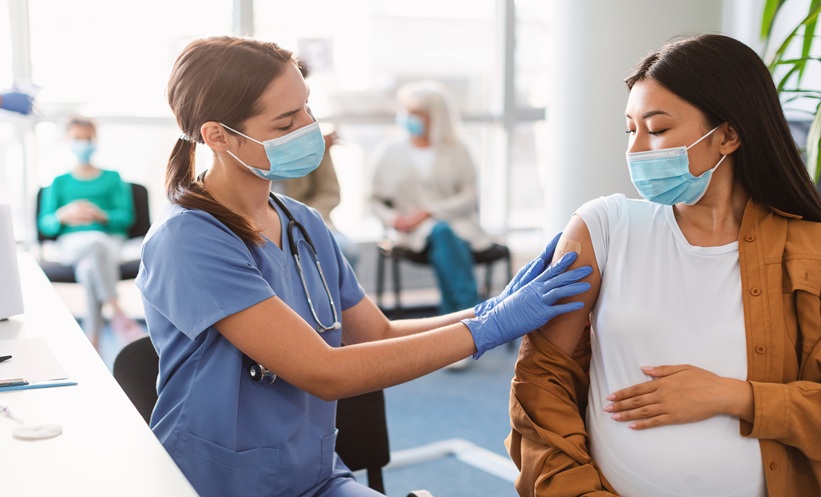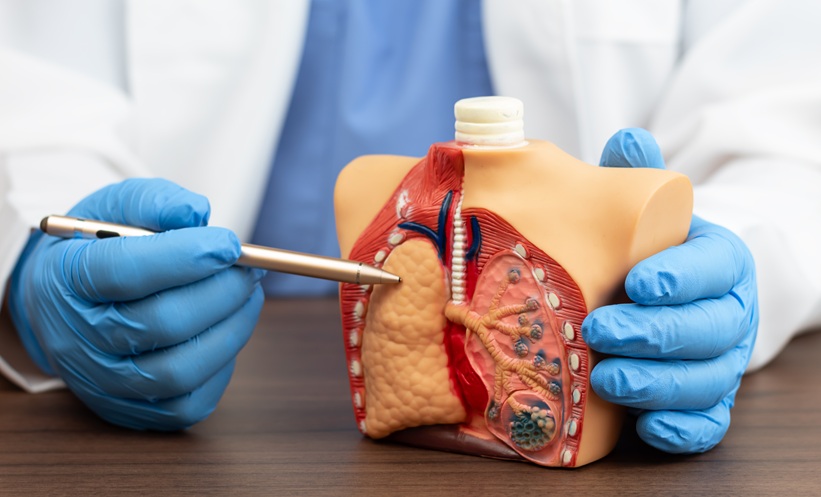COUGH sounds could be utilised by machine learning algorithms to identify whether an individual has pneumonia, according to research presented at the 183rd meeting of the Acoustical Society of America (ASA) in Nashville, Tennessee, USA, on 5th December 2022.
Considering the high number of incident pneumonia cases each year, the early identification of pneumonia is critical to help reduce mortality rates and secondary complications. This led a research team from Hanyang University, Seoul, South Korea, to develop a machine learning algorithm capable of recognising cough sounds through passive listening and subsequently determining whether a person has pneumonia based on room impulse responses.
Given the inherent differences in room acoustics and recording devices, the team measured how sounds within a space respond to different noise volumes and frequencies, using room impulse responses. The team also analysed sound quality to further improve the accuracy of their machine learning algorithm. Through combination of this data, the researchers were able to achieve 97.5% accuracy for the dataset.
In a world in which healthcare is becoming increasingly digitalised and healthcare professionals are utilising telemedicine more frequently following the COVID-19 pandemic, the development of technologies to help identify diseases at an early stage to allow pre-hospital treatment and intervention remotely, could help to reduce costs to healthcare systems and the strain on hospital admissions.
Jin Yong Jeon, a member of the research team based at Hanyang University, stated: “Automatically diagnosing a health condition through information on coughing sounds that occur continuously during daily life will facilitate non-face-to-face treatment.” This could not only be beneficial to healthcare facilities, but also provides patients with the opportunity to have consultations from the comfort of their own homes.
Looking towards the future, the research team hope to incorporate their technology into an app for in-home care. Jeon commented that the team plans to “automate each step-by-step process that is currently performed manually to improve convenience and applicability.” Additionally, this type of technology could have potential applications across different diseases to aid early diagnosis and intervention, which is of high importance to clinicians and patients alike.








